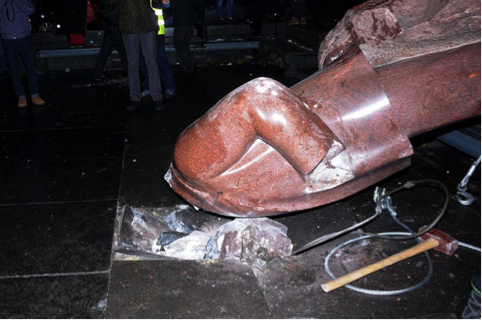By Samuel Ellenbogen*
The nature of money has been a discussion entailing ongoing debate between historians, philosophers, and economists for centuries as Bell (2001) wrote. There is no easy solution to the delineation of almost all aspects of money; from discussions concerning the origins of money to discussions concerning the functions of money to discussions concerning the “proper” policy prescription parameters involving decisions about how to spend government money. This is because money has been defined in various different contexts, as Bell (2001) discusses its ambiguousness as “A numeraire, a medium of exchange, a store of value, a means of payment, a unit of account, a measure of wealth, a simple debt, a delayed form of reciprocal altruism, a reference point in accumulation, an institution, and/or a combination of these”.












